GameNight: Blueprints
We’re 14 days into “stay-at-home”. How about you? Hanging in there? We pulled out this game the other night as an effort to get away from screentime and I had forgotten how fun it is. I have to admit I bought this one without knowing anything about it. My dad is an architect, so any game called “Blueprints” was automatically appealing to me.
Blueprints is a dice game where the dice represent building materials: glass, stone, wood or recycled materials. It is played over 3 rounds and each round you get the blueprint for a building you are trying to build.
You keep your blueprint behind a screen so it is secret from the other players. Every building is made from 6 dice; the card shows you a side view and a top view and the numbers tell you how many stories high the building is.
Everyone takes turns picking dice from a shared pool, placing one in their building and then rolling and replacing one. It seems really simple, but there are a bunch of things to think about when you pick your dice. A dice that is on the second or third story of the building must have a higher numbered face than the one below it. So if you put a 6 on the first floor, you won’t be able to build the second floor.
Each color of the dice also scores differently. Glass (clear) is worth whatever the number is showing on the top face. So there are 7 points in Glass showing in the photo above. Wood (orange) is worth more for every side of the dice that’s touching another one. This orange is only touching one face, so it’s only worth 2 points. Black (stone) are worth more the higher the floor they are on and Recycled (green) are worth more the more of them that you have in your building. It pays to be eco-friendly! I have 2 more dice to go before this building is finished.
The best building score gets an award, then you can score bonus points a whole lot of different ways. Following the blueprint gets you 6 bonus points. Having a 1, 2, 3, 4, 5, 6 in your building is a bonus. Having 4 dice all the same number is worth bonus points. Having 5 dice all the same color is worth bonus points. Even building extra stories on your building is worth more the higher it goes, but you will lose bonus points from not following your blueprint if you choose to go that route.
You also have to pay attention to what dice your opponents are choosing. You could see that someone is picking up all of the 4s and you could grab one to prevent them from getting the bonus points. You could grab a high numbered dice at the end of the game, leaving your opponents with only low numbers that might not be enough to go on the 2nd or 3rd story of their building.
At the end of each round, you score points and you play three rounds total. A whole game takes about 30 minutes and you can play with 2-4 people. It’s recommended for ages 14+, but I think that totally depends on how cut-throat you are playing. I wouldn’t hesitate to play this with my tween niece and nephew. There can be a lot of strategy, but it’s not necessary to make the game fun.
Here’s a link to my Game Night List on Amazon so you can find it easily and please also check out your favorite local game store who might be able to send you a copy.

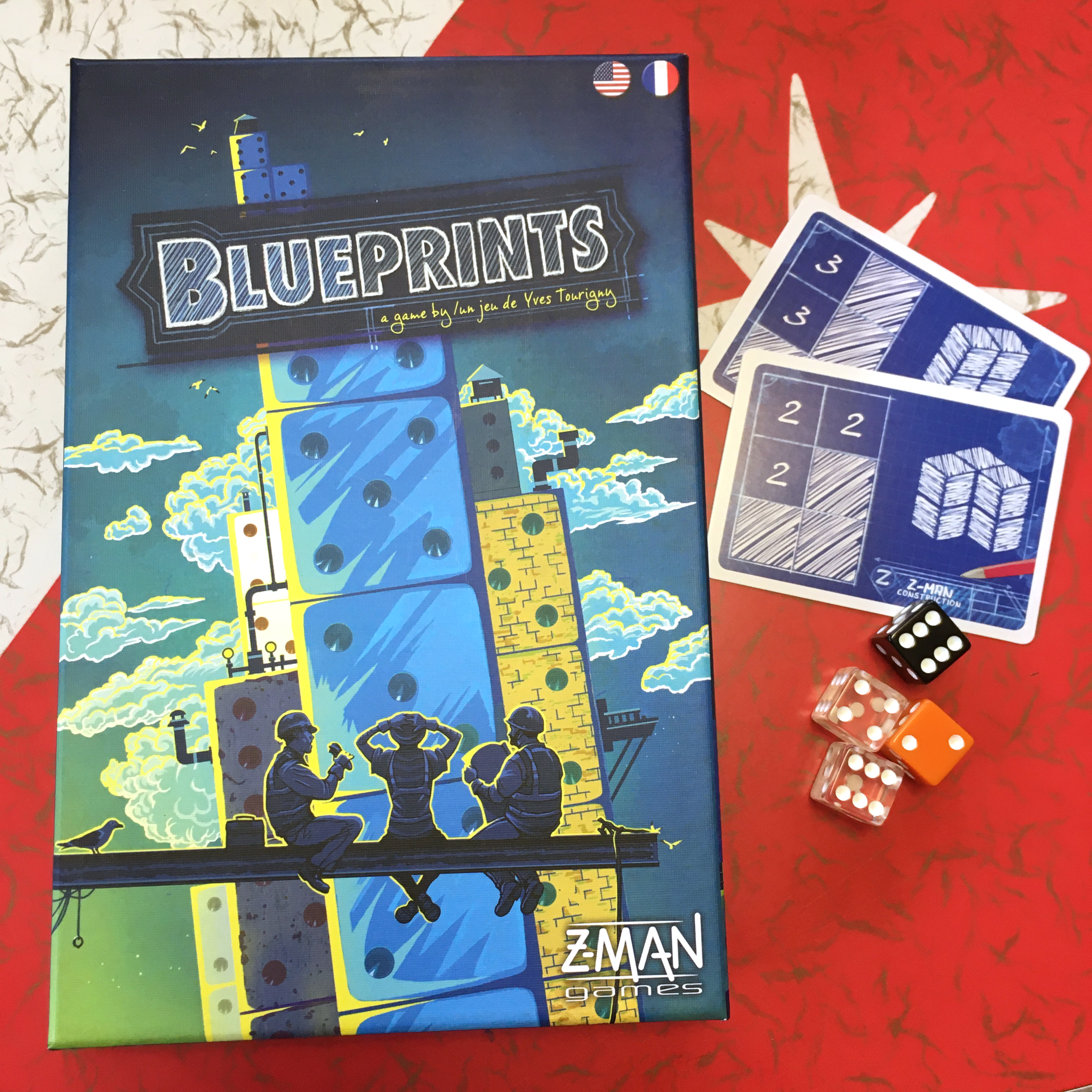
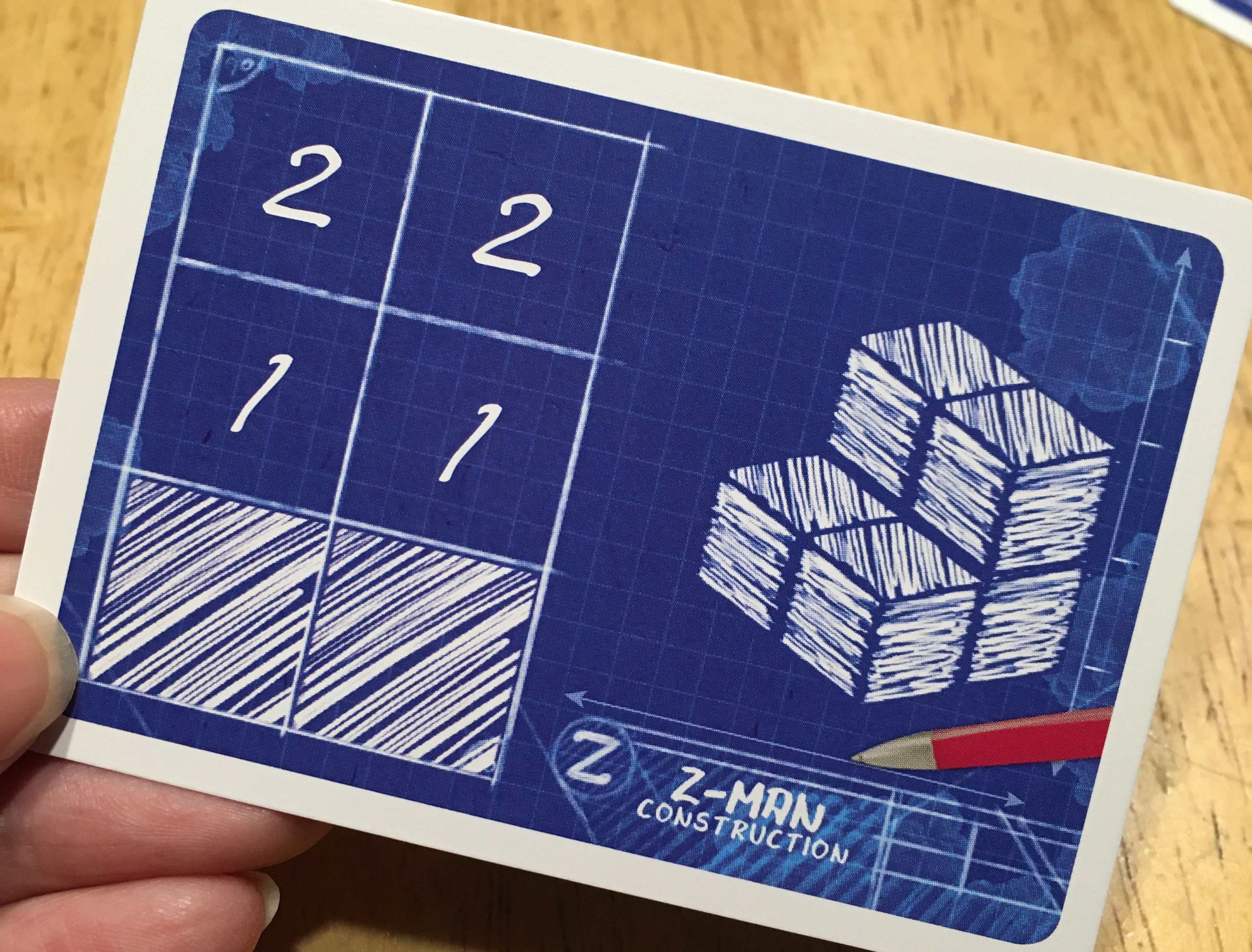

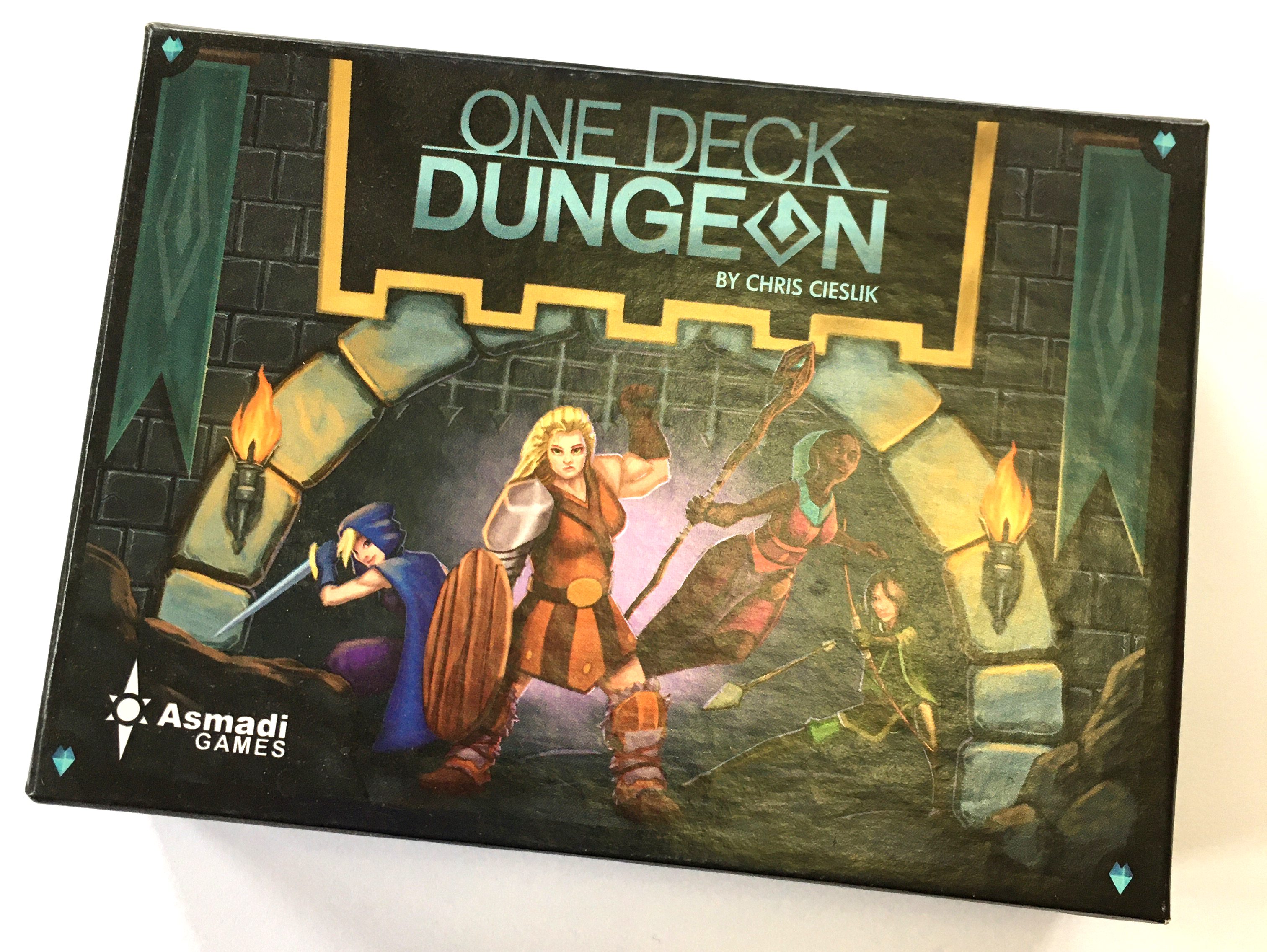
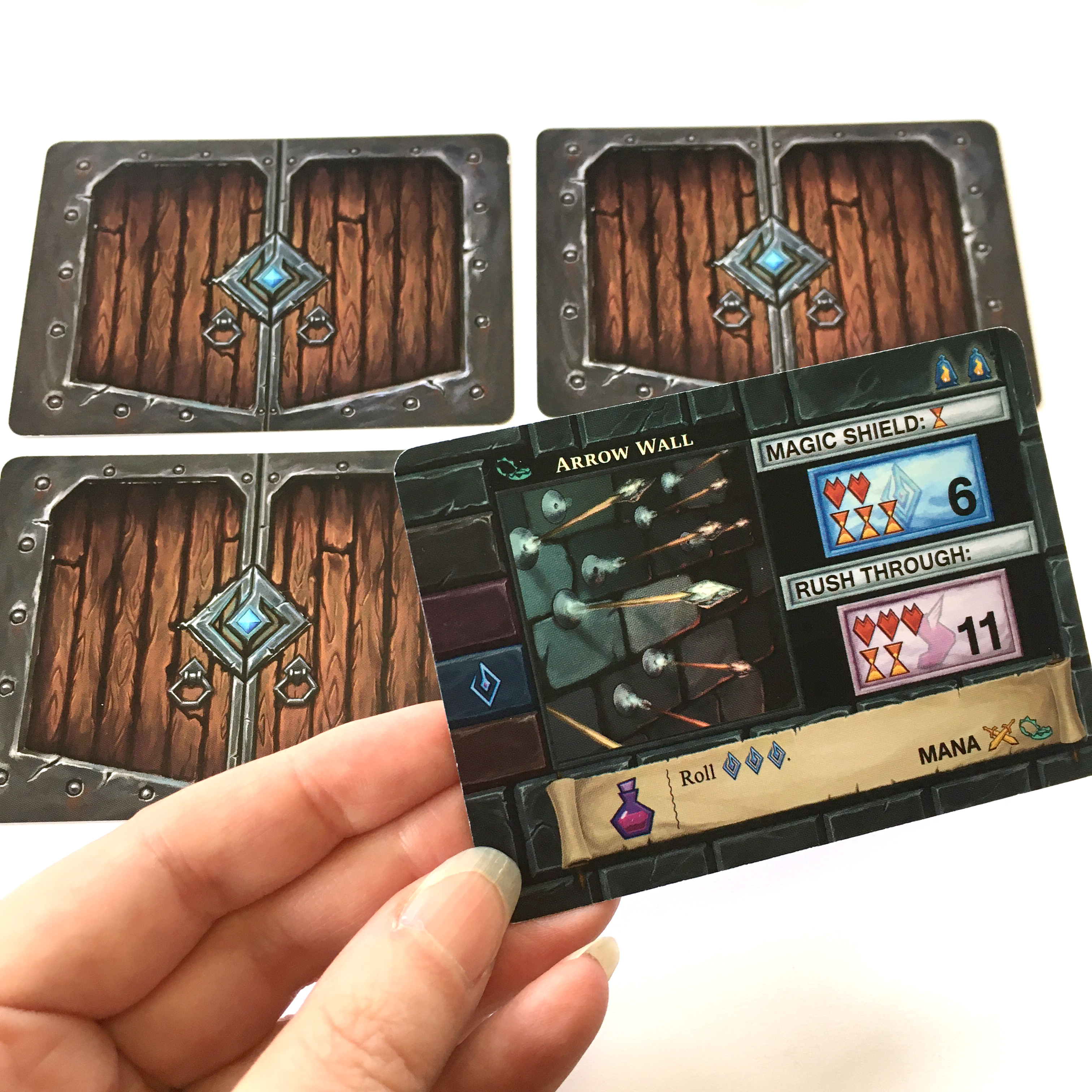
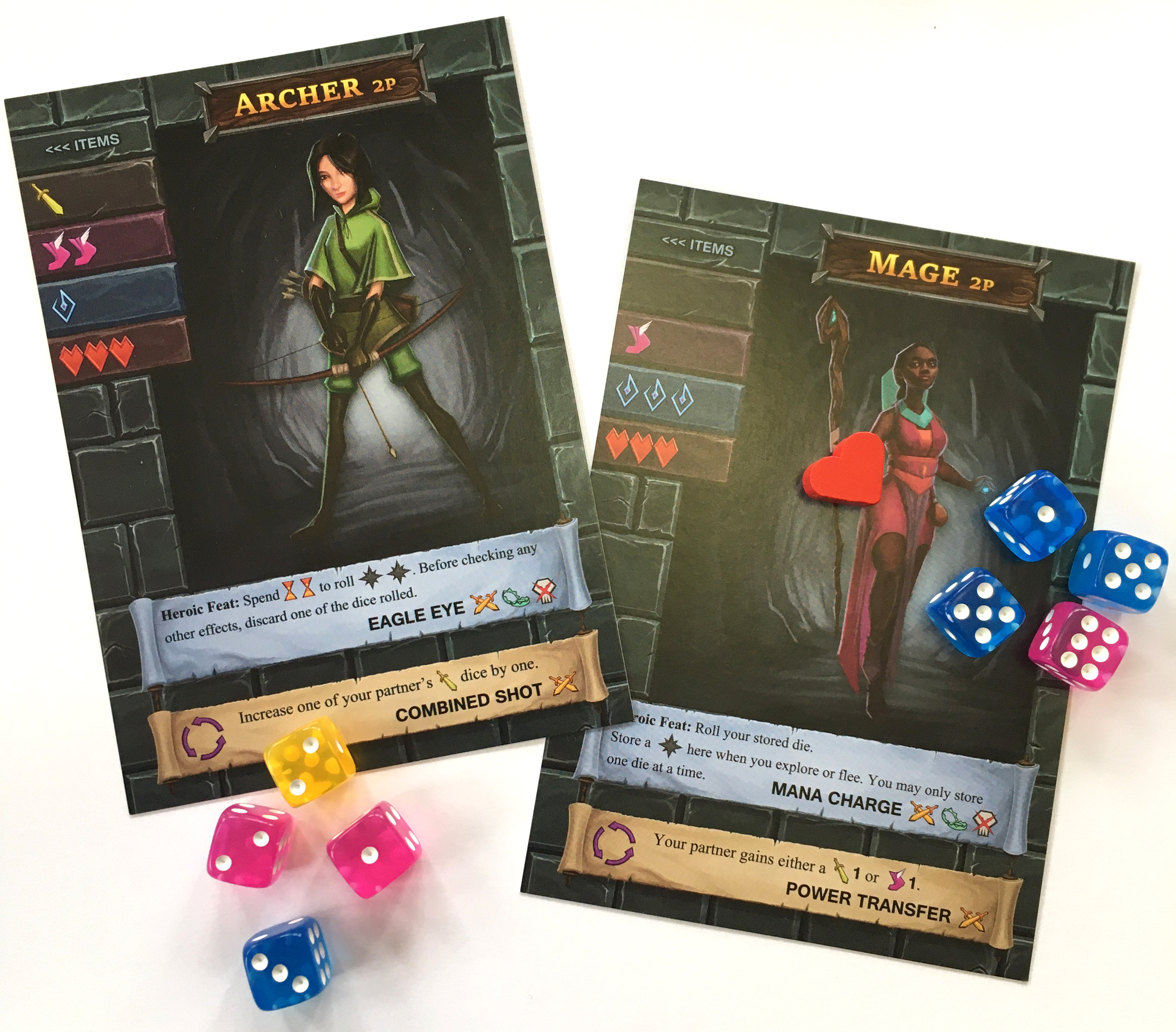
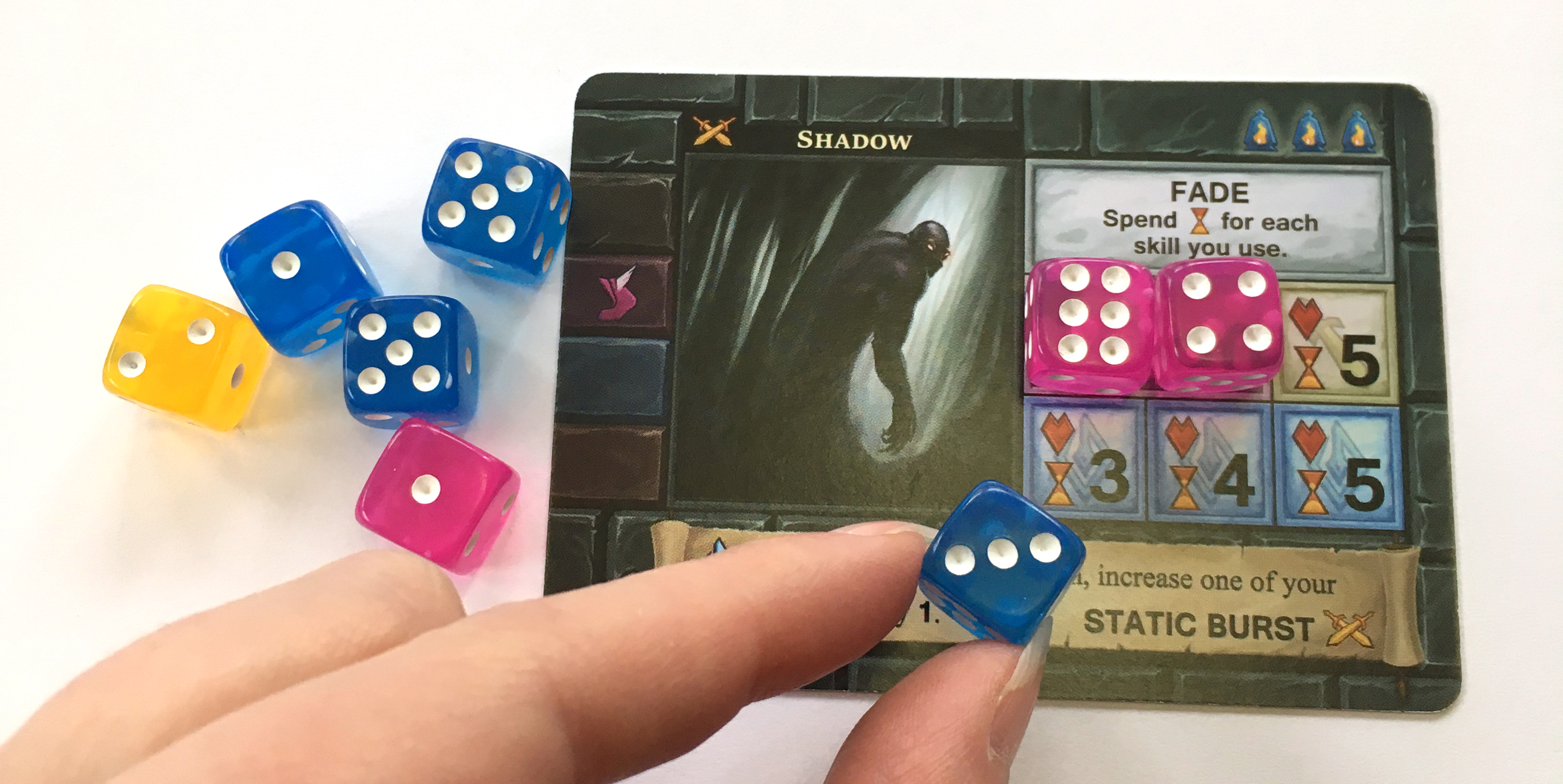
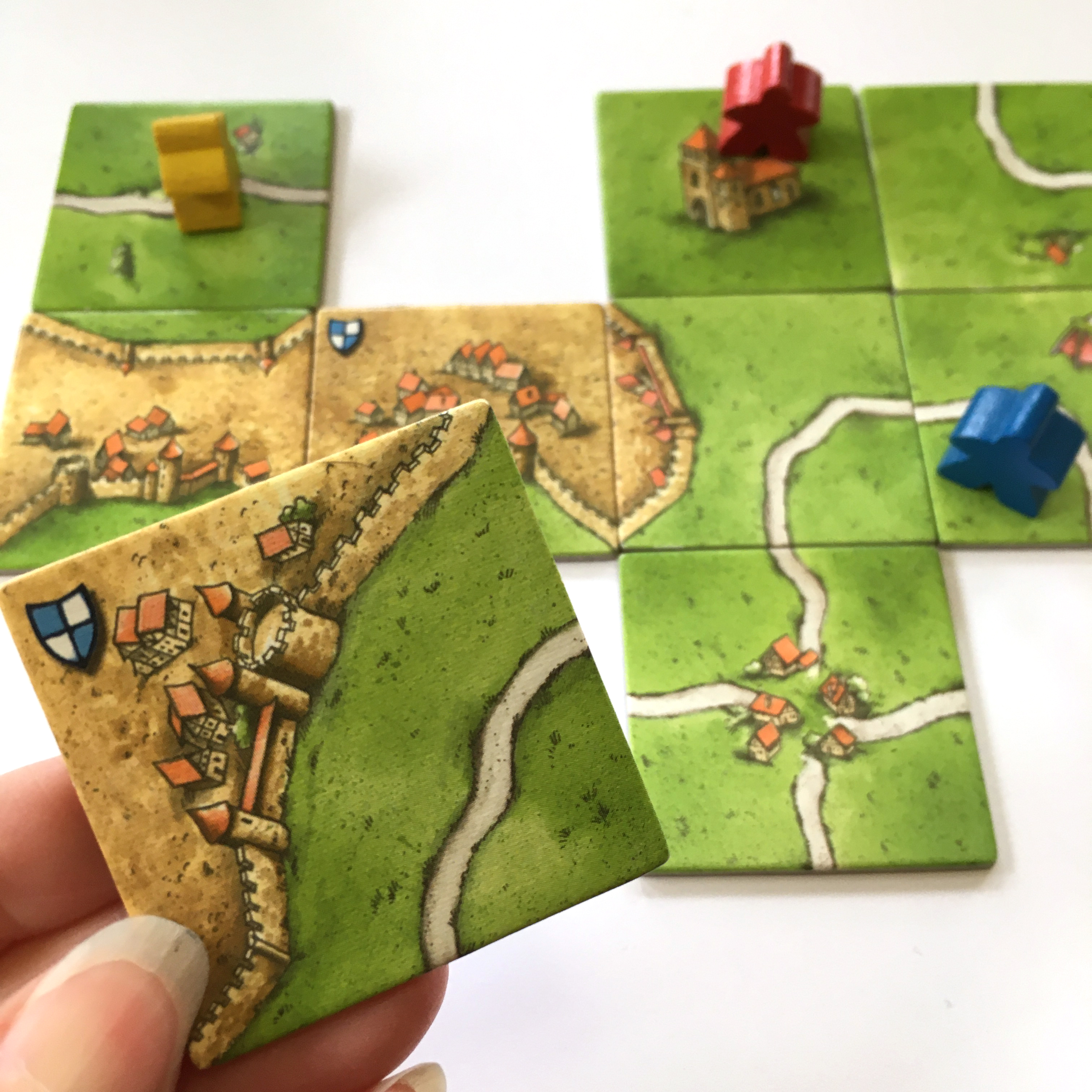

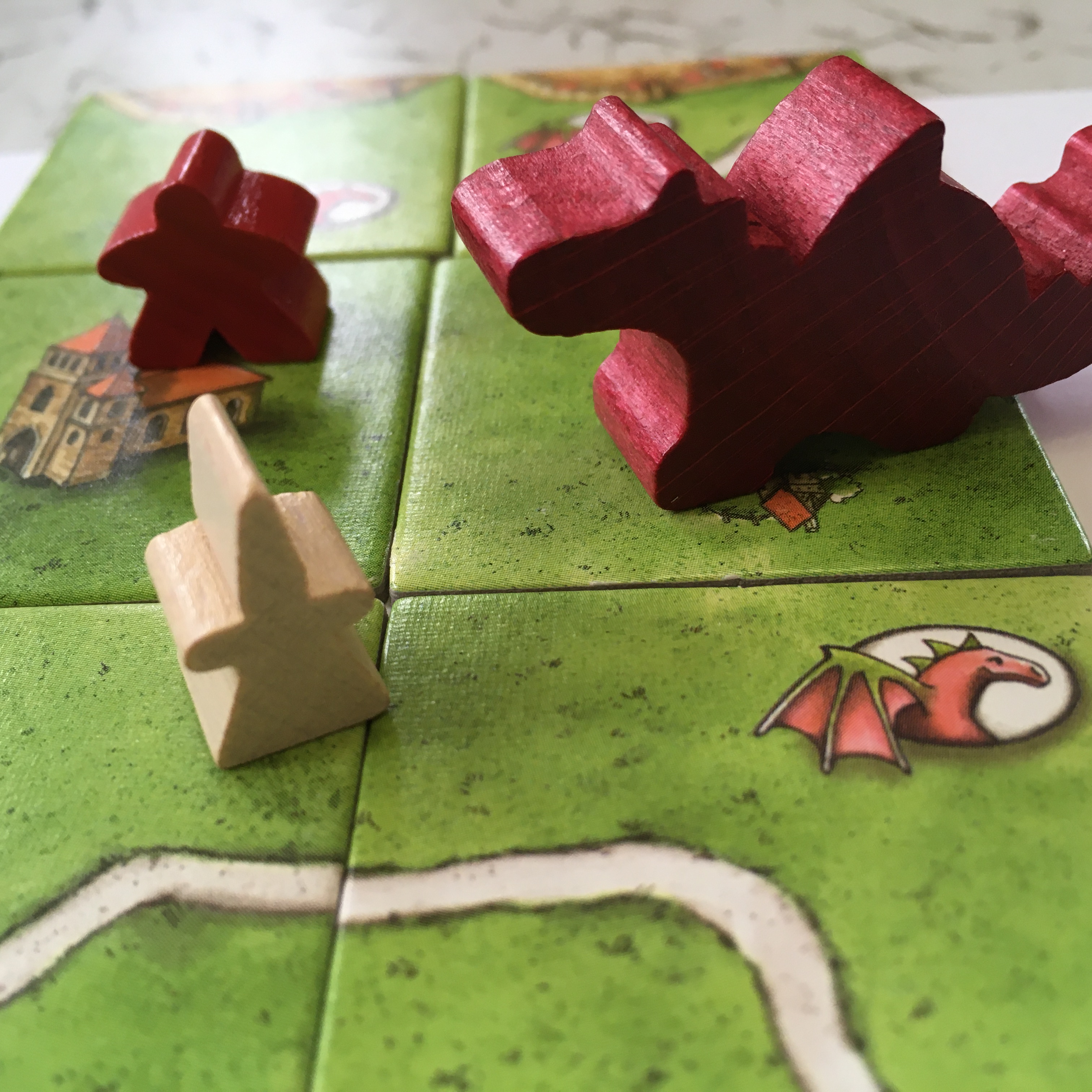
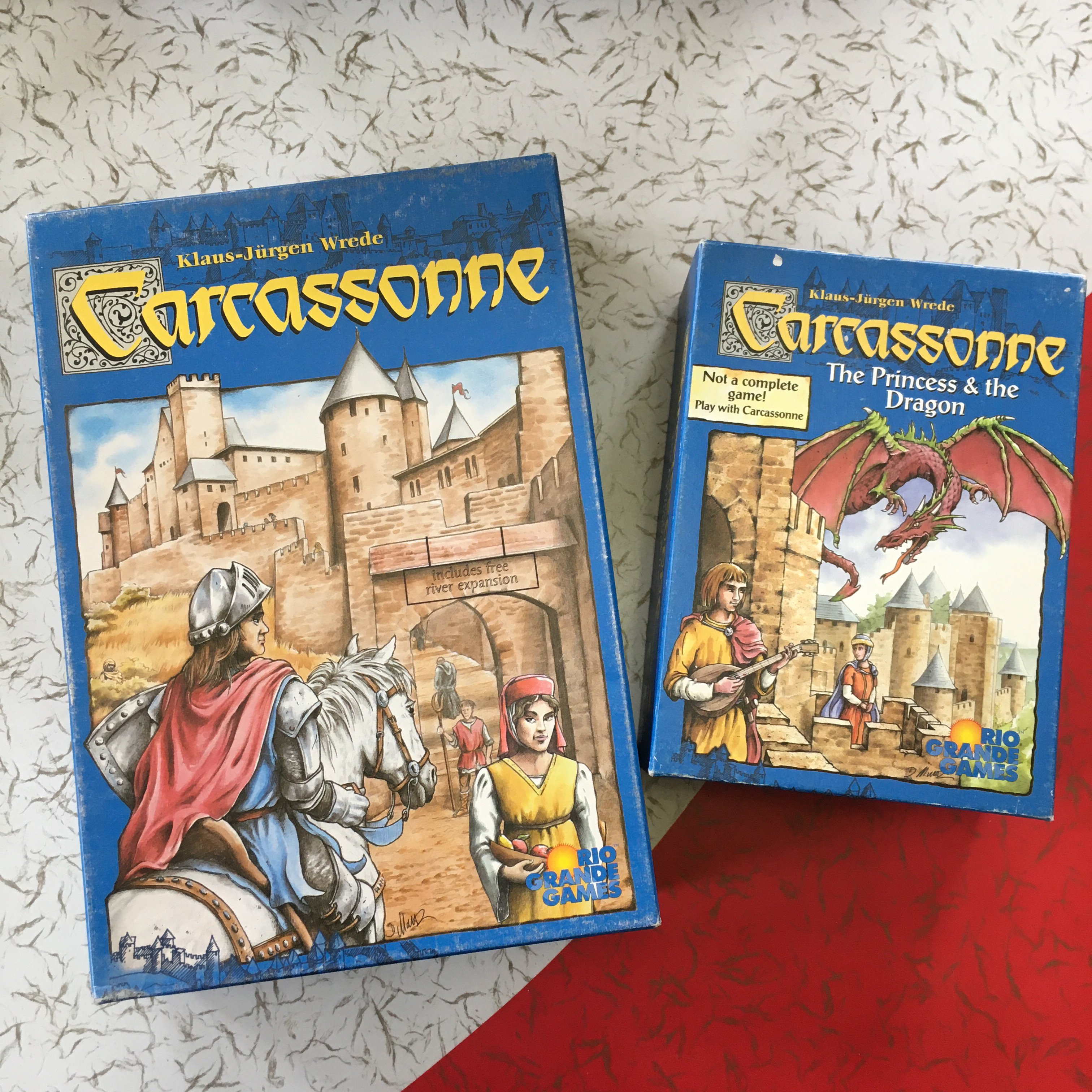
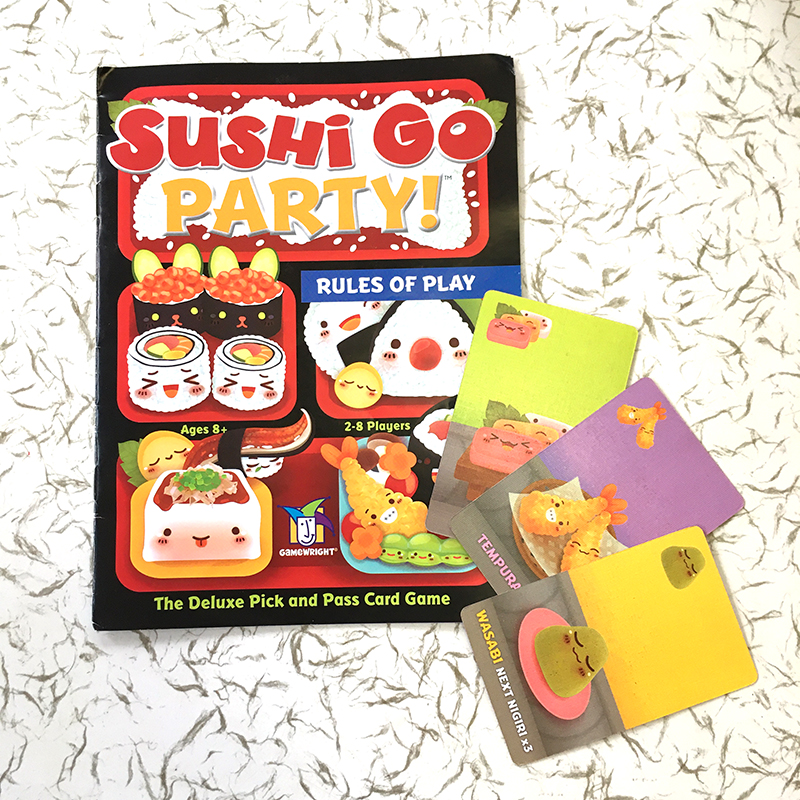
 The game play is really fast. We have learned through many many plays that it helps a LOT to wait and count “one…two…three… FLIP” when everyone is ready to play their cards and WAIT to pass until everyone has flipped. It is easy to be in your own world and get ahead or behind passing the hand of cards and suddenly they are all piled up with one person.
The game play is really fast. We have learned through many many plays that it helps a LOT to wait and count “one…two…three… FLIP” when everyone is ready to play their cards and WAIT to pass until everyone has flipped. It is easy to be in your own world and get ahead or behind passing the hand of cards and suddenly they are all piled up with one person.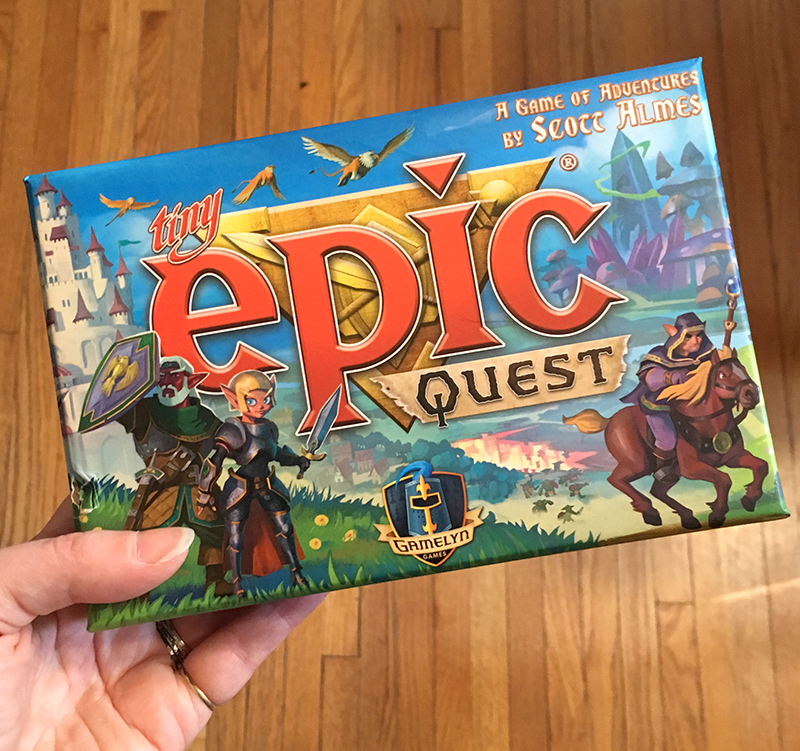
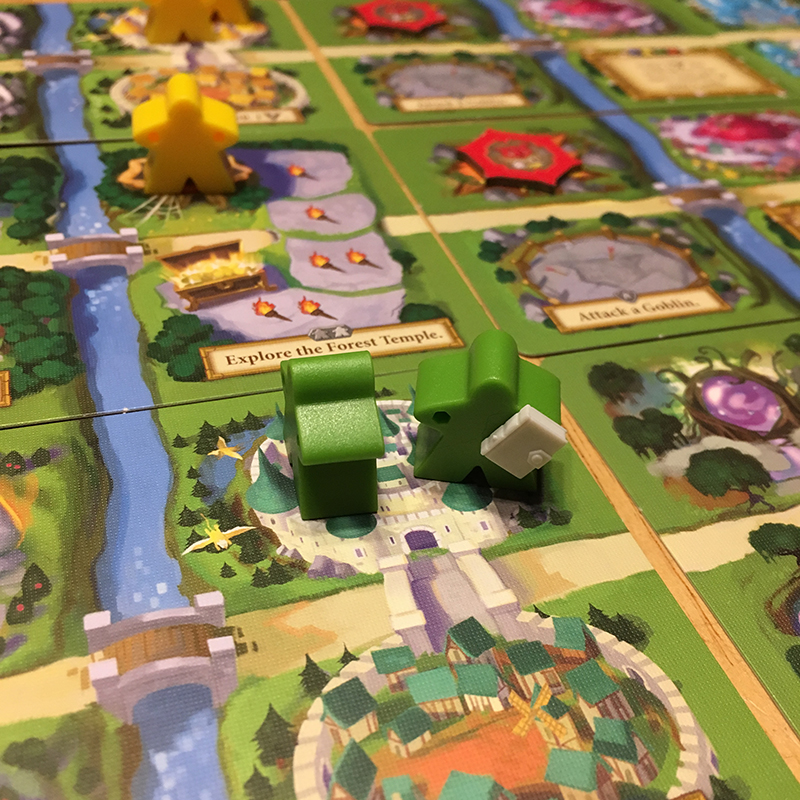
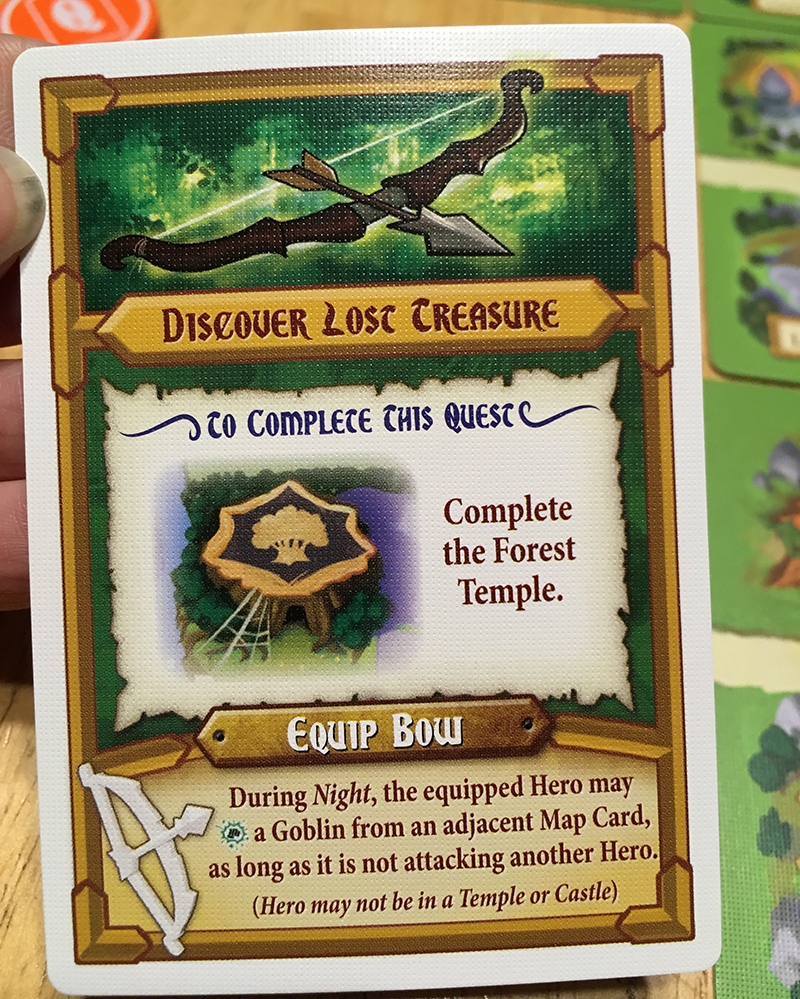
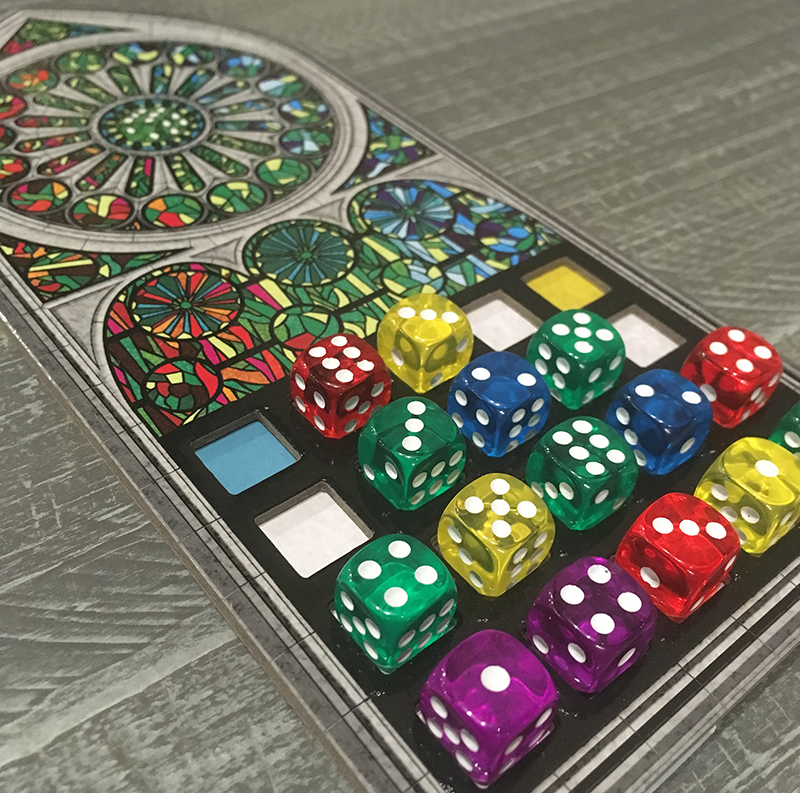
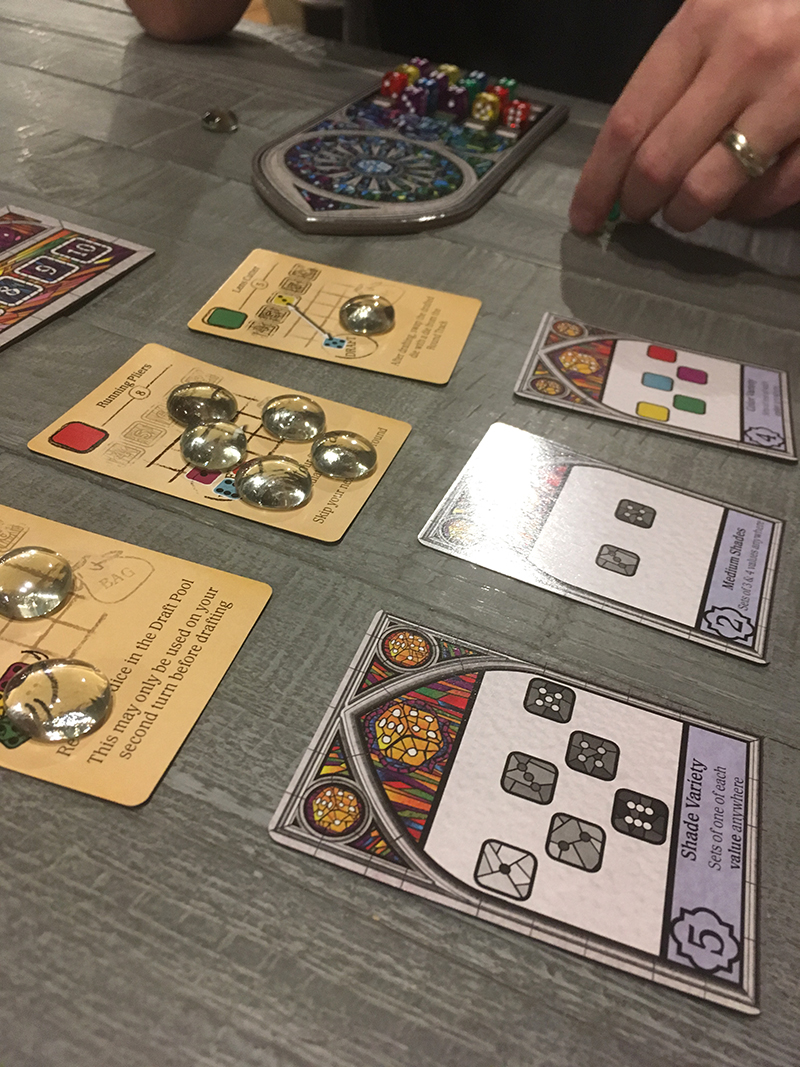
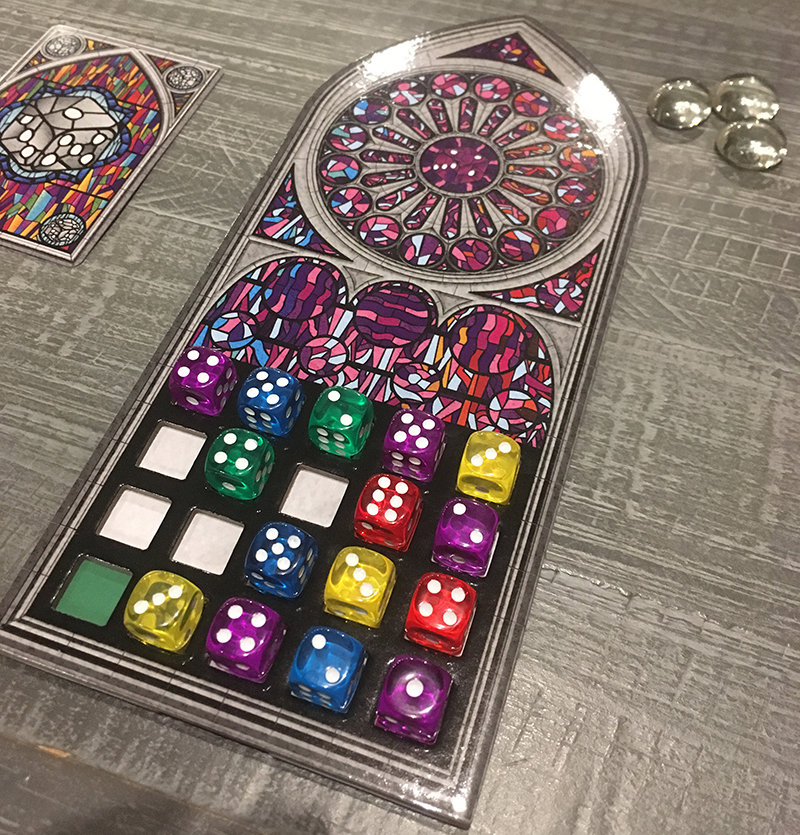 I think this would be a great game for a family weekend, which is why I wanted to write about it before the Thanksgiving holiday. It would work for a wide range of ages and it is really quick to learn and fast to play. Officially the game says ages 14+, but you could absolutely do this with younger ones. The game play might not be as strategic, but they could totally keep up. Our group actually just sat and watched
I think this would be a great game for a family weekend, which is why I wanted to write about it before the Thanksgiving holiday. It would work for a wide range of ages and it is really quick to learn and fast to play. Officially the game says ages 14+, but you could absolutely do this with younger ones. The game play might not be as strategic, but they could totally keep up. Our group actually just sat and watched